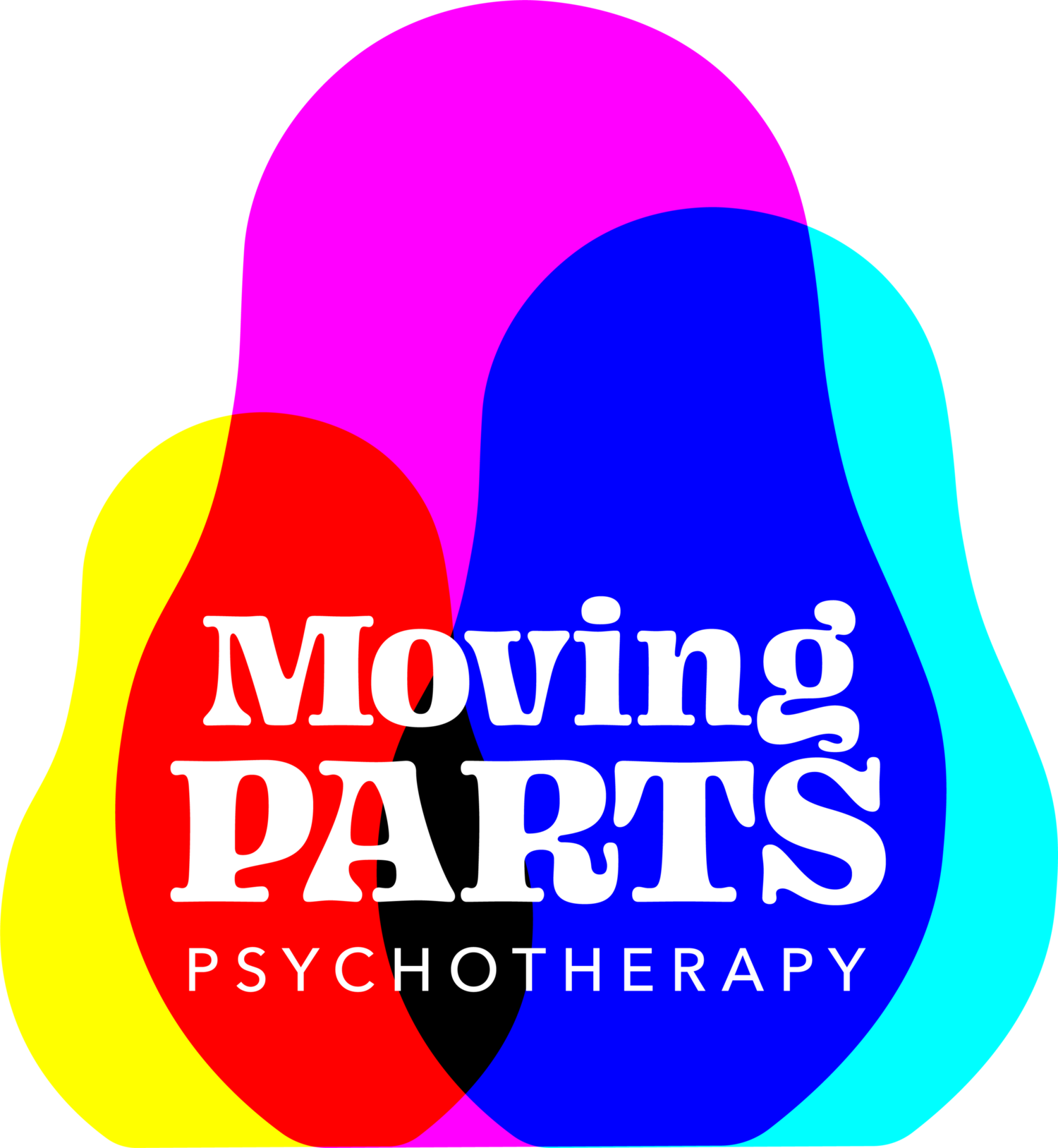Blog
Orienting to safety following stress or trauma
When we experience a traumatic event, or events, it is not our conscious mind that determines whether the event was traumatic, but the nervous system. Trauma is a physiological experience rather than a cognitive one. In Texas, we are experiencing another winter storm. While this type of storm isn’t a big deal in states that expect winter weather events, in Texas we don’t have an infrastructure to support our people during this type of weather. Here are some important pieces to processing stress or trauma to aid in completing the survival response and orienting back to safety.
When it feels too good to be true
Many trauma survivors (myself included), live with a too-good-to-be-true mentality. If we prepare for the worst, we are prepared when the worst inevitably happens. It is not unexpected or unknown. When we can predict what will happen, it can offer us safety and calm. When events feel unpredictable and unexpected, we can feel out of control and are confused by how to respond. The brain finds safety in predictability. We build our behavior and responses around what we expect to happen.
Endings and beginnings
Friday, I welcomed a new cohort in the morning, and said goodbye to our prior cohort in the afternoon. It was in this meeting of a hello and goodbye that I found the group’s purpose. Of course, I’d known the purpose to some extent when I started. What began as a group for therapists to enhance their knowledge of working with trauma and examine what comes up in them in response to their people, became a place for therapists to move more deeply toward their own parts and each other’s. To build connection in a time that was so tinged with isolation. It became a place to grow, as moved toward vulnerable places, held by the group.



